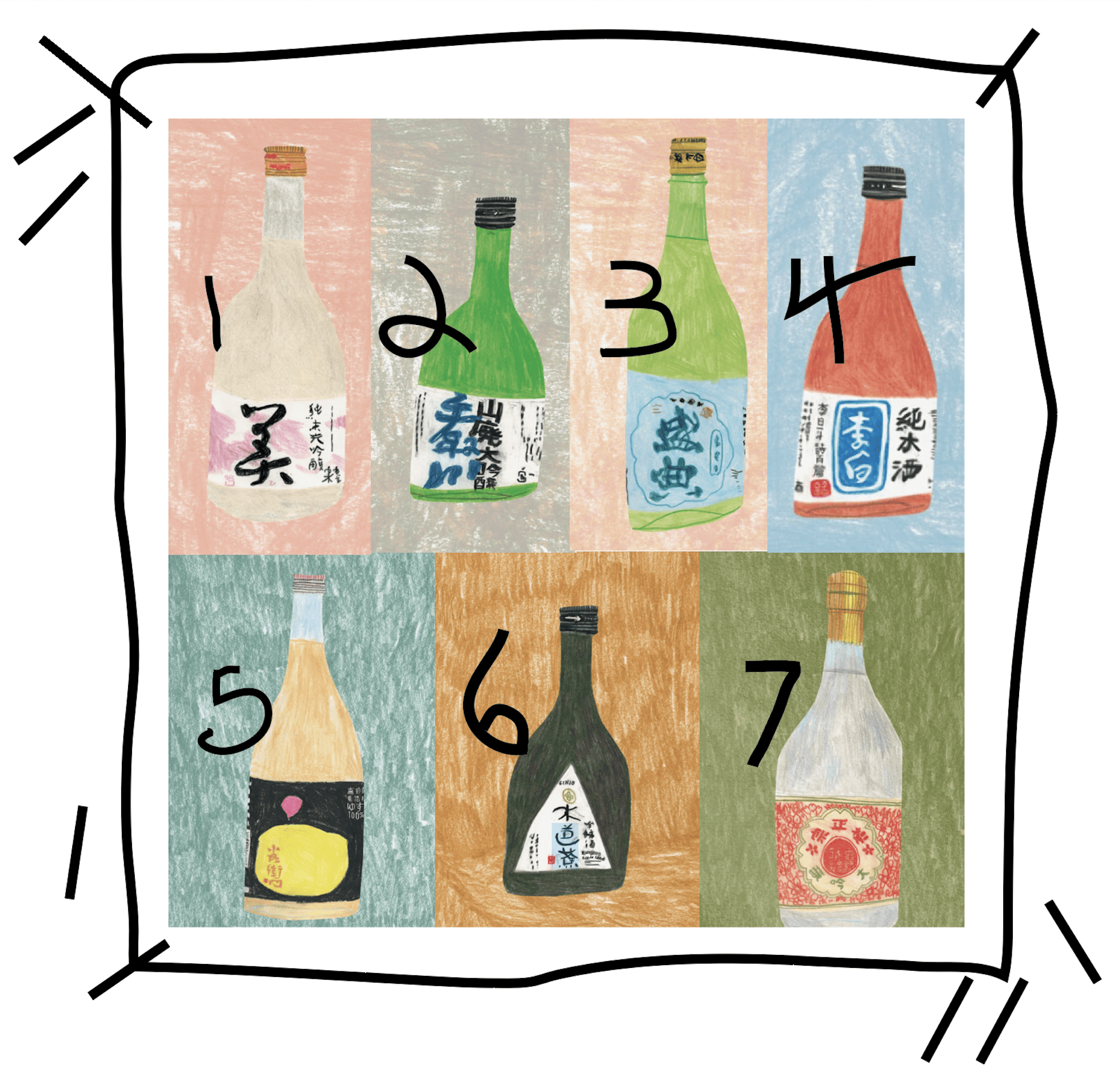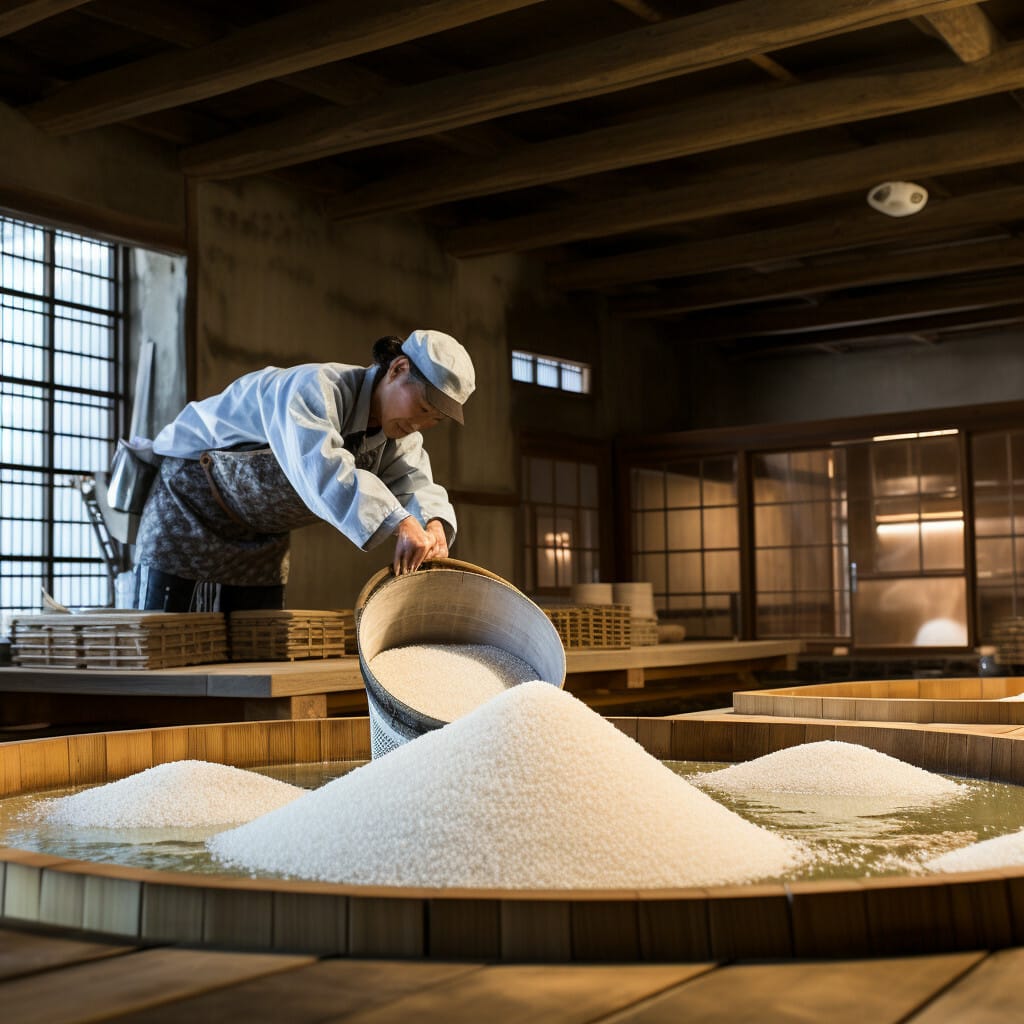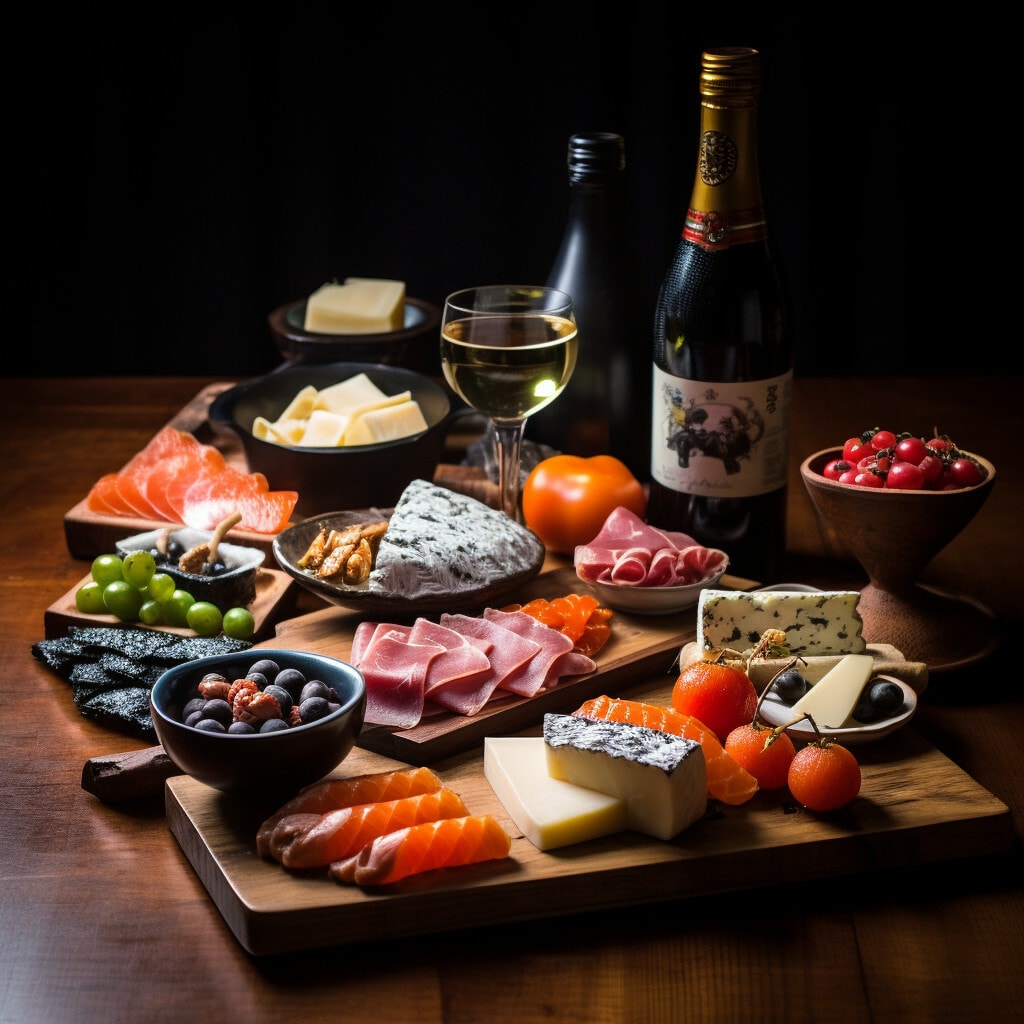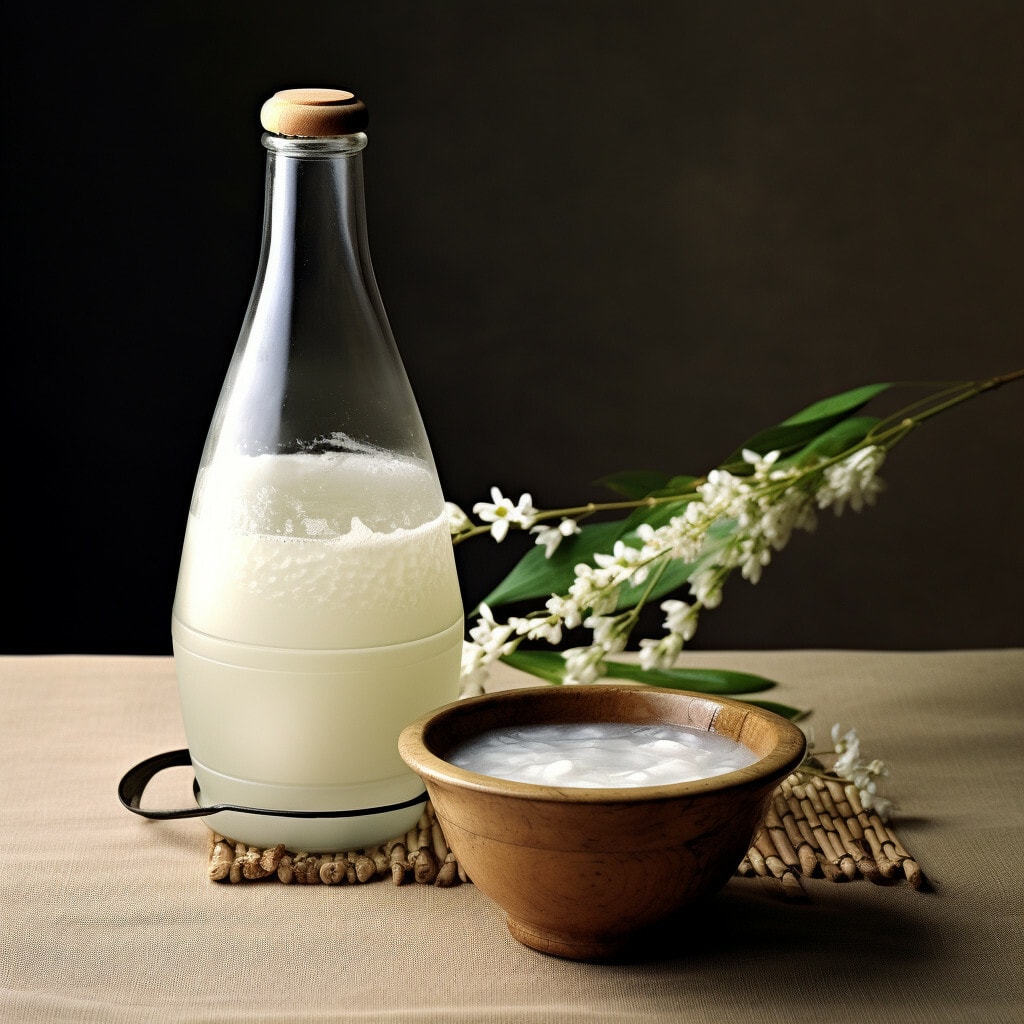
7 things you should know about sake
Keys to Understanding Japanese Sake
Sake, a traditional Japanese rice wine, has a rich cultural history and a unique place in the world of beverages. Whether you’re just beginning your adventure into the world of sake or looking to deepen your appreciation, here are seven essential points to know.
1. Variety diversity :
Sake is not a universal drink. There is a remarkable diversity of styles, flavours and aromas. From dry, crisp junmai to fragrant, polished ginjo, exploring the different types of sake can be a delightful adventure for your palate.
2. The essential character of rice :

The main ingredient in sake is rice, but not just any rice. Sake brewers use a special type called sakamai, which is different from the rice on your plate. The brewing process involves the conversion of rice starches into fermentable sugars, which are then fermented to produce alcohol.
3. The role of Koji :
Koji is a fungus that plays a crucial role in sake production. It is responsible for breaking down rice starches into fermentable sugars. The meticulous cultivation of Koji is an art mastered by skilled sake brewers, influencing the final taste and character of the drink.
4. Served at different temperatures :
Sake can be enjoyed at different temperatures, each bringing out different aspects of its flavour profile. From cold and refreshing to warm and comforting, the serving temperature can significantly influence your sake experience. Experimenting with temperature is part of the fun.
5. Unique Brewing Process :
Sake production is a complex process involving several stages of fermentation. Unlike beer or wine, where sugar is converted to alcohol in a single step, sake goes through a parallel saccharification and fermentation process. This dual process contributes to its distinctive taste.
6. Saké and food pairing :
Like wine, sake can be paired with a variety of dishes. Its versatility makes it suitable for different cuisines, from sushi and sashimi to cheese and chocolate. Understanding the different flavour profiles of sake can enhance your dining experience.
7. Cultural significance :
Sake is deeply rooted in Japanese culture. It is part of religious rituals, celebrations and everyday life. Learning about sake goes beyond its taste; it offers an insight into the history, traditions and crafts that define Japanese culture.
Sake is a nuanced and cultural experience
Exploring its varieties, understanding its production and savouring it with different dishes can open up a world of appreciation for this ancient Japanese libation. Whether you’re a sake enthusiast or a curious beginner, these seven perspectives provide a foundation for a deeper journey into the world of sake. Cheers!
Don’t drink and drive. Drink in moderation.
News
Stay tuned and discover all the news in the Spirits World for professionals and amateurs, by our Spirits Hunters’ experts.
See all posts in this category. Join the community on Reddit
Join the community on Reddit
Spirits Hunters is a community dedicated to spirits and the world of mixology. Feel free to talk about the world of mixology and bartending here!
Join







